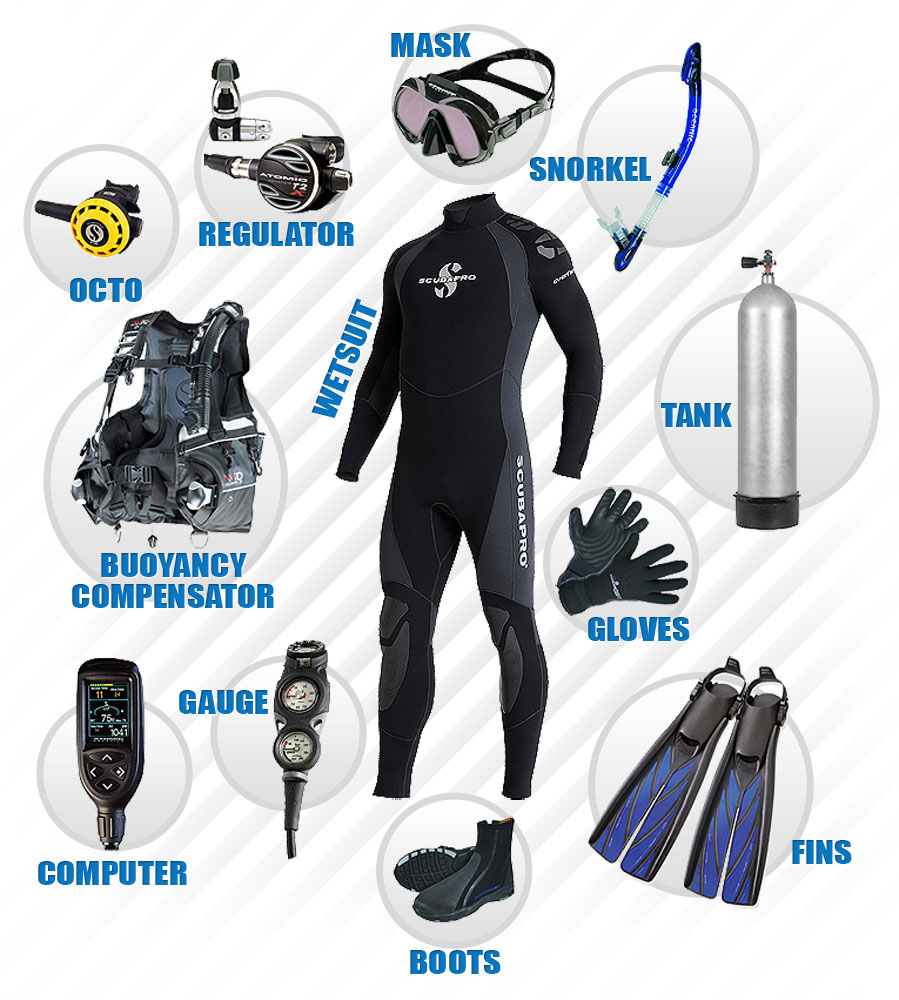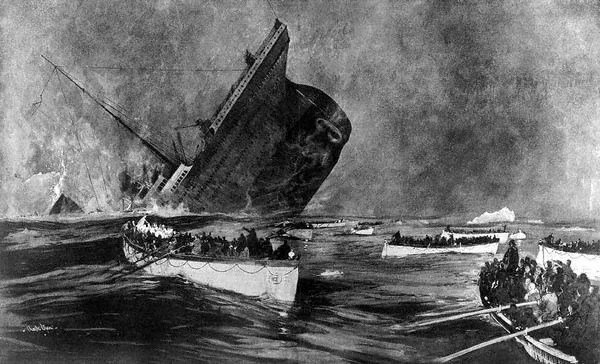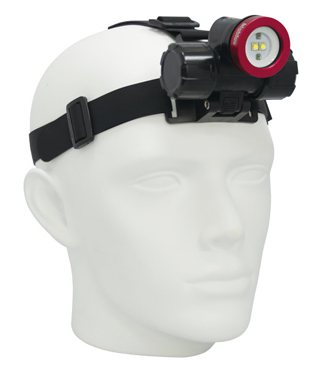Article by Joe Crivello
Scuba diving is a blast, but it’s also one of the world’s most gear-intensive pastimes once you get serious about it. In order to get the most out of all those wonderful bits of gear you collect, you need to know how to keep everything clean and well-maintained. The following pointers will help you handle some of the basics.
Wetsuits
Neoprene needs special care in order to keep it supple and prevent mildew. Keep your wetsuit out of direct sunlight and always make sure it’s completely dry before storing it. Invest in a wide hanger for your suit that won’t crease it. Wash wetsuits and other neoprene gear using products specifically designed for the job. Rinse your suit thoroughly in fresh water, both inside and out after cleaning it. Lubricate wetsuit zippers with properly-formulated diving wax.
Fins And Mask
Don’t be too quick to toss the packaging that comes with these items. Hang onto the inserts that came in the foot pockets. Re-insert these after your fins are dry so that the pockets maintain their shape. Your mask should always be stored in a hard case that allows the silicone to maintain its shape and protects the lenses from scratches. Some masks are sold with such a case. If yours wasn’t, be sure to buy one.
Tanks
After a saltwater dive, rinse your tanks in fresh water to prevent salt buildup. Check the valves for sand or other debris. This needs to be removed completely. Letting it dry and harden could make the valves stick. Store your tanks with a low amount of pressure in them (at least 200 psi) so that they won’t get contaminated. Don’t store full tanks, as they have a risk of cracking. If you keep your tanks vertically, make sure they are secured to keep them from toppling.
Buoyancy Compensator
Keeping your BC clean is a little bit complex because you need to care for both the inside and the outside. Start by rinsing the exterior thoroughly and then drain the BC as thoroughly as possible. Use the inflation valve to suck fresh water into the internal bladder by holding down the deflate button. Fill the BC about a quarter full with fresh water, then inflate it the rest of the way with air. Shake the jacket thoroughly to circulate the water. Use the dump valves to drain the bladder out and then repeat the whole process. Store your BC in a partially-inflated state so that the internal surfaces won’t stick together.
Regulator
Your regulator presents a challenge because it needs to be thoroughly rinsed in fresh water without exposing the internal mechanisms to water. Either keep the first stage connected to a filled tank while you rinse it to prevent water intrusion or secure its dust cap prior to cleaning. Make sure the cap is completely dry before you put it on. Stay away from the purge button while you’re cleaning as this will introduce water into the first stage. Hang your regulator up after rinsing it and do not store it until it is completely dry. Make sure you leave a little time in your schedule to give your Scuba gear the TLC it deserves following a dive. Cleaning and checking your gear properly will maximize its lifespan and protect you from potentially dangerous equipment failures.
Guest Author::Joe Crivello
Joe Crivello is the owner of AmeriDri, assisting customers with water damage and mold removal and inspection. In business for 25 years, his firm is IICRC certified and holds an A+ rating with the Colorado Better Business Bureau. If you are in Colorado and need assistance with water or mold damage, learn more by visiting AmeriDri.com.







Leave A Comment